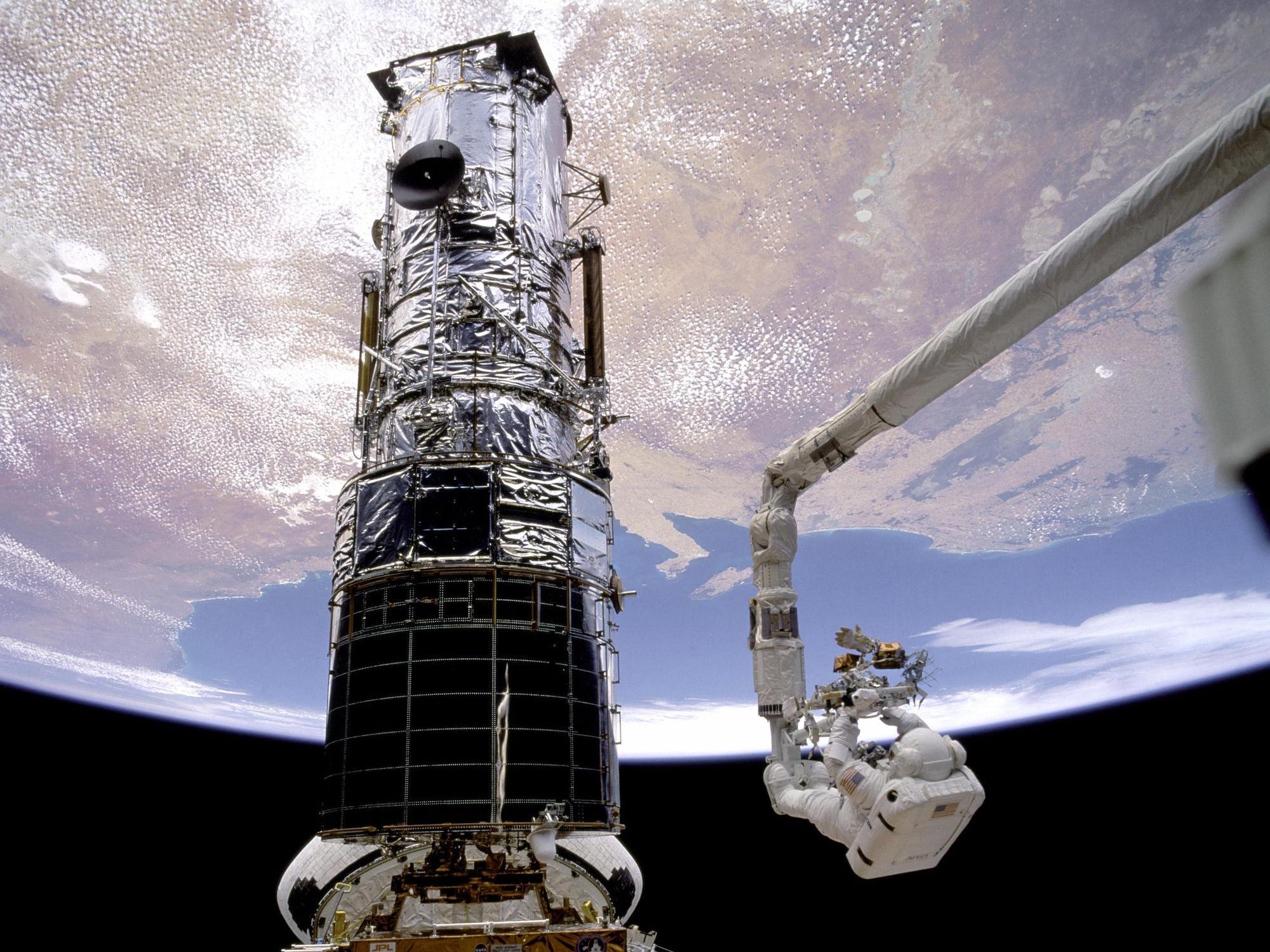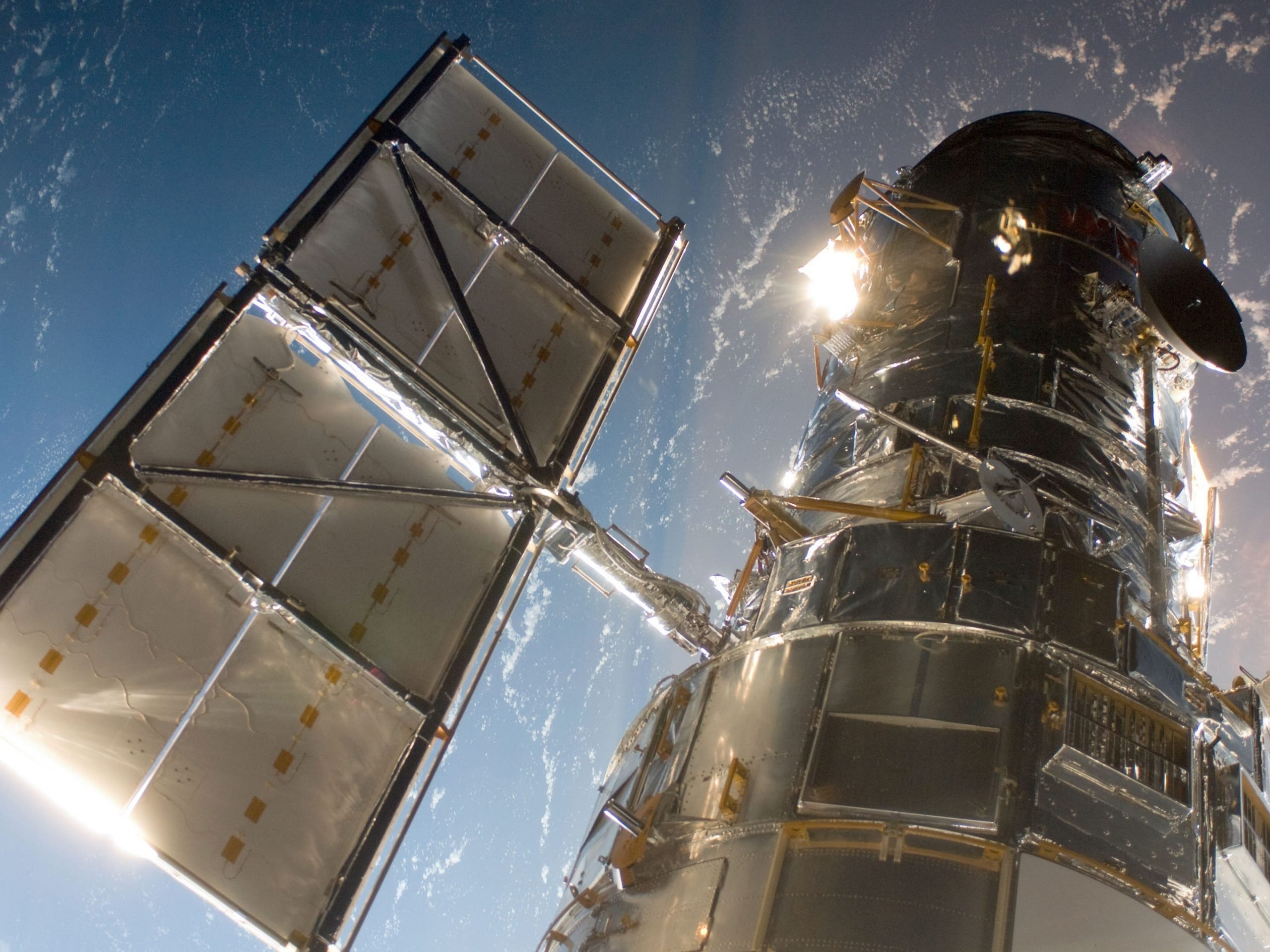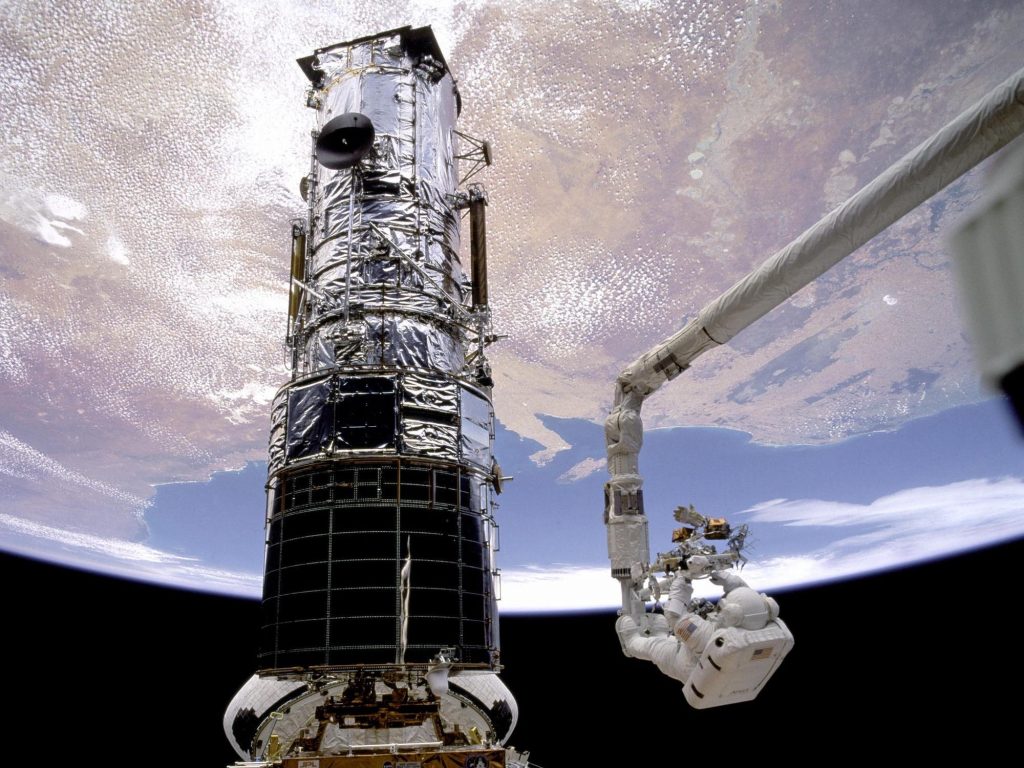
NASA
- A mysterious glitch took NASA's Hubble Space Telescope offline a month ago.
- The problem stumped engineers for weeks, but they're finally ready to try switching to backup hardware.
- A NASA scientist says there's no guarantee, but the switch could finally bring Hubble back online.
- See more stories on Insider's business page.
After a month of head-scratching, NASA engineers finally think they've identified the glitch that took out the world's most powerful space telescope more than a month ago.
The Hubble Space Telescope, which launched into orbit in 1990, has captured images of the births and deaths of stars, discovered new moons around Pluto, and tracked two interstellar objects as they zipped through our solar system. Its observations have allowed astronomers to calculate the age and expansion of the universe and to peer at galaxies formed shortly after the Big Bang.
But the telescope has been offline since June 13, when one of its main computers stopped working. NASA engineers have spent the last month running diagnostic tests and analyzing data, and on Wednesday the agency announced that they may have finally traced the problem to a faulty power regulator.
With some confidence that they've pinpointed the glitchy component, the Hubble troubleshooters are preparing to switch to the telescope's backup hardware on Thursday. That could return it to its science observations within a few days.

NASA
"I do believe they're going to succeed, but it's not guaranteed," Paul Hertz, director of NASA's astrophysics division, told Insider last week.
Hubble hasn't been upgraded since 2009, and some of its hardware is more than 30 years old.
"Could the cause of the problem have something to do with Hubble's age? The answer is almost certainly yes," Hertz said. "Someday, a component will randomly fail that we won't have a backup for. That's the most likely way the Hubble mission will end."
NASA has to switch a large chunk of Hubble's hardware to its backup

NASA
Hubble's payload computer - a 1980s machine that controls and monitors all of the spacecraft's science instruments - suddenly stopped working on June 13. Engineers tried and failed to bring it back online several times. Eventually, after running more diagnostic tests, they realized that the computer wasn't the problem at all - some other hardware on the spacecraft was causing the shutdown.
It took another three weeks to identify the possible culprit. Now, Hubble engineers believe that a failsafe on the telescope's Power Control Unit (PCU) instructed the payload computer to shut down. The PCU could be sending the wrong voltage of electricity to the computer, or the failsafe itself could be malfunctioning.
The good news is that each piece of Hubble's hardware has a twin pre-installed on the telescope in case it fails. So NASA engineers just have to switch to the backup PCU.
But it's not as simple as turning off one PCU and powering up another. The unit is linked to lots of other components of the telescope's Science Instrument Command and Data Handling unit (SI C&DH, for short). So NASA has to switch over an entire side of the SI C&DH.
After NASA makes the switch on Thursday, that new side of the SI C&DH will no longer have a backup. If it fails in a few years, that could spell the end of Hubble.
But for now, getting the observatory back online is critical to NASA.
"Hubble is one of NASA's most important astrophysics missions. It's been operating for over 31 years, and NASA is hopeful it will last for many more years," an agency spokesperson told Insider in June.
NASA has used Hubble's backup hardware before, but it's risky

NASA
NASA has said that although the telescope and its scientific instruments remain in working condition, the switch will be "riskier" than engineers expected after they first assessed the problem.
"You can't see the spacecraft, you can't watch it happen. You have to make sure that your command uploads are going to do exactly what you intend them to do," Hertz said.
"You don't want to accidentally turn off the radio receiver. You don't want to accidentally swap a battery that isn't ready to be swapped," he added. "You just don't want to accidentally break anything."
So NASA engineers checked and double-checked their plans before the agency approved the switch. The team has run simulations of the switch on Hubble-imitating computers on Earth, and NASA has done two reviews of the hardware-switching procedures.

ESA/Hubble & NASA, J. Lee and the PHANGS-HST Team; Acknowledgment: Judy Schmidt (Geckzilla)
"I've told the team: I am not in a hurry," Hertz said. "The most important thing is to safely recover Hubble - not to recover Hubble as quickly as possible."
NASA has rebooted Hubble using this type of operation in the past. In 2008, after a computer crash took the telescope offline for two weeks, engineers switched over to redundant hardware. A year later, astronauts repaired two broken instruments while in orbit - that was Hubble's fifth and final reservicing operation. NASA does not currently have a way to launch astronauts to the space telescope.
